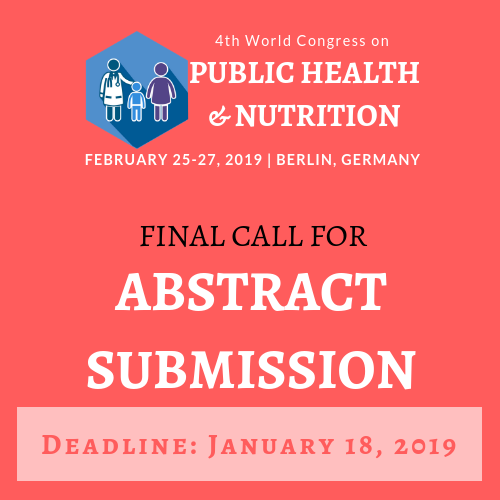
Krzysztof Wrzesinski
CelVivo IVS | Denmark
Title: Active 3D environment: A key to stable, reproducible, mimetic tissues
Biography
Biography: Krzysztof Wrzesinski
Abstract
Cells grown as active 3D spheroid/organoid cultures have physiological performances that mimic that seen in human tissues better than cells grown in 2D culture. We have previously proposed two extremes of cellular programming (the cultural divide). At one extreme is exponential growth with diminished functionality (as seen in wound healing or cancer, and experimentally as cells grown in traditional 2D cultures) and at the other extreme is a dynamic equilibrium with very slowly proliferating cells with a highly specialized functionality (as seen in tissues and experimentally as cells grown as active 3D spheroids). We have shown that the hepatocellular carcinoma cells HepG2/C3A grown as active microgravity 3D spheroid
cultures for periods longer than 18 days have physiological performances that mimic that seen in human tissues better than cells grown in 2D culture. We have analyzed the proteome and cellular architecture at these two extremes and found that they are dramatically different. Ultrastructurally, actin organization is changed, microtubules are increased and keratins 8 and 18 decreased. Metabolically, glycolysis, fatty acid metabolism and the pentose phosphate cycle are increased while Krebs cycle and oxidative phosphorylation is unchanged. Enzymes involved in cholesterol and urea synthesis are increased underpinning the attainment of cholesterol and urea production rates seen in vivo. DNA repair enzymes are increased even though cells are predominantly in G0. Transport around the cell – along the microtubules, through the nuclear pore and in various types of vesicle has been prioritized. There are numerous coherent changes in transcription, splicing, translation, protein folding and
degradation. The amount of individual proteins within complexes is shown to be highly coordinated. Typically, subunits which initiate a particular function are present in increased amounts compared to other subunits of the same complex. We thus conclude that 3D spheroids offer a window into in vivo physiology!

